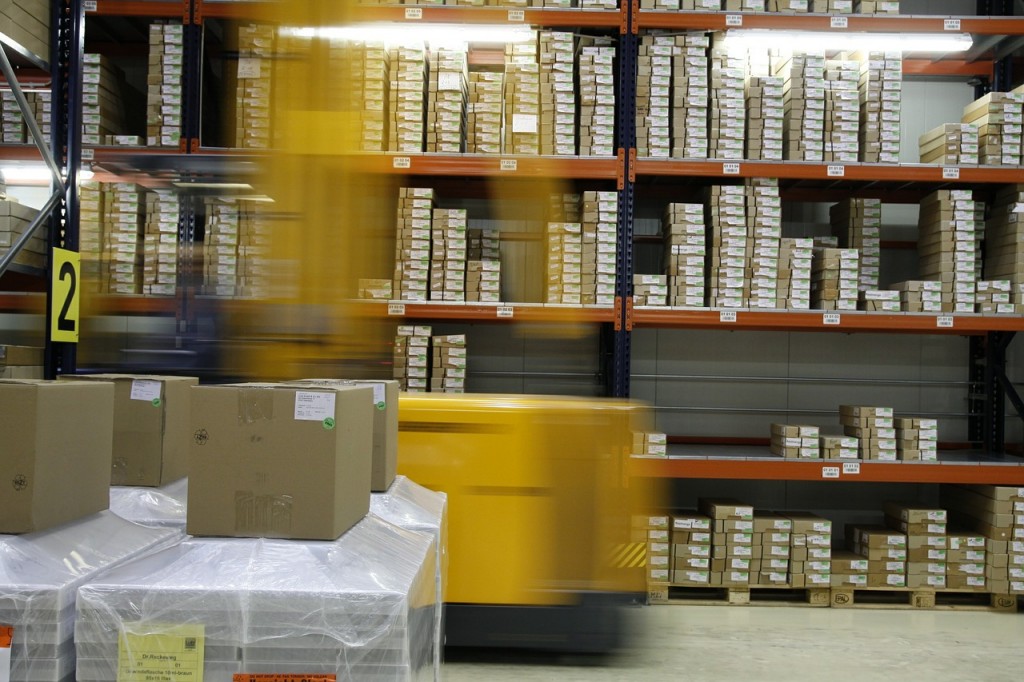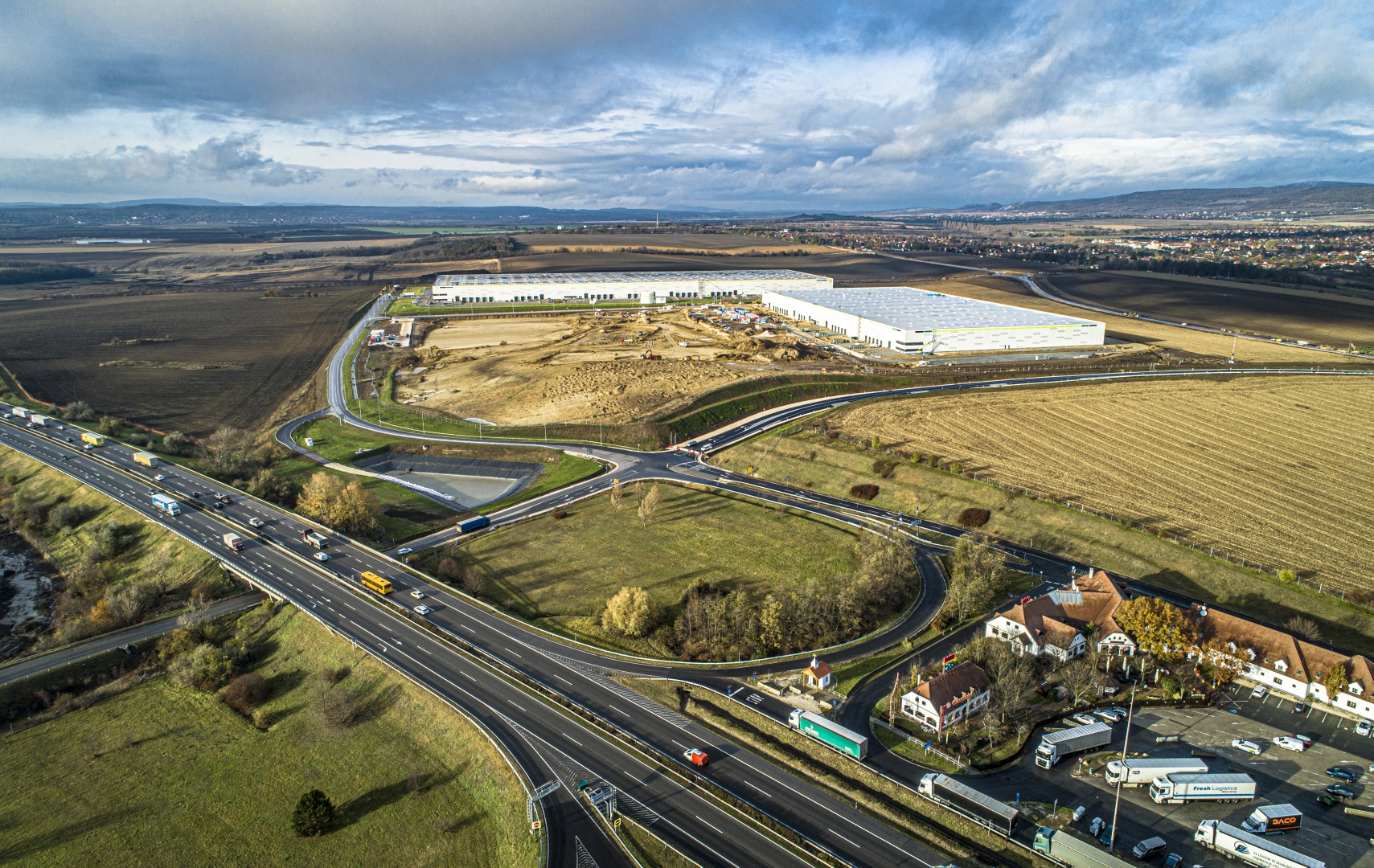CEE Continues to Attract Industrial Developers
Bosch has recently established a 20,000 sqm BTS facility at CTPark Belgrade West.
The Central European logistics and industrial markets have been thriving with regard to development and demand. However, total stock in the region is still low by European standards, according to analysts, meaning there is plenty of development potential.
Modern Central and Eastern European industrial and logistics stock stands at over 60 million sqm in Bulgaria, the Czech Republic, Hungary, Poland, Romania and Slovakia, according to Cushman & Wakefield figures.
“Across CEE, the fundamentals for the industrial property market remains strong, as further demonstrated by positive dynamics both on the supply and demand sides, along with considerable investors’ confidence in this asset class,” says Cushman & Wakefield.
“The drawn-out lease negotiations and sales price discovery, both resulting from the ongoing economic and geopolitical uncertainty, may negatively affect the occupier and investment demand in the near future,” the consultancy warns.
“Although 45% of pipeline stock in CEE is still built on a speculative basis, the developers in the sector are increasingly interested in developing BTS. The recent slowdown in price inflation for construction materials resulted in improved availability and a shortening of the construction period,” it adds.
Colliers puts total industrial and logistics stock slightly higher at 65 million sqm in its “Exceeding Borders: Manufacturing & Warehousing Sector in CEE-12” report, which, admittedly, covers a broader area. Of this figure, approximately 25 million sqm is concentrated in and around 12 capital cities.
“Since the beginning of last year, the CEE region has had to struggle with rising fuel, energy, labor and material prices. By contrast, by the end of last year, these prices began to stabilize and reach levels close to January 2022 in some cases. This gives hope that 2023 will be the time for the market to return to stability,” said Colliers.
Average vacancy for the region stands at 4%, which is supportive of strong rental growth, according to Dominika Jedrak, director of research and consultancy services at Poland & CEE for Colliers.
Dominant Market
Poland continues to be the dominant CEE market, with more than 50% of the total stock. Like the Czech Republic, the country benefits from its central geographic position along significant logistics and industrial networks within close proximity to Germany, in addition to its own economic success. The country contains as many as five core logistics hubs.
The Czech Republic, the second-largest industrial/logistics market in CEE, also has multiple industrial hubs with a total industrial stock of close to 11 million sqm.
Development in Bucharest and secondary logistics hubs in the increasingly dynamic Romania market further confirms the confidence of developers in Hungary’s southeastern neighbor, says Cushman & Wakefield Echinox, which covers the country. The total industrial stock has surpassed 6 million sqm, making it the third-largest industrial market in the CEE.
Concerning South Eastern Europe, industrial developers and developer-led park operators have previously been reluctant to enter the region, meaning there is minimal provision of modern, developer-led logistics and industrial space.
However, CTP has ambitious plans in the region and has now extended its network to Serbia. Bosch has established a 20,000 sqm BTS facility at CTPark Belgrade West. At CTPark Novi Sad, close to the Hungarian border, CTP has handed over a 26,000 sqm BTS building to the Japanese electromotor company, Nidec. A further 60,000 sqm will be developed for Nidec at the park.
There is now 650,000 sqm of industrial space under construction in Serbia, according to Colliers. CTP has close to 11 million sqm of logistics and industrial space across 10 countries in its portfolio, the company says. It sees strong potential for continued growth in development across the region.
The Central European industrial sector is attracting a number of investors, generating EUR 2.8 billion in investment in 2022, according to Colliers. However, volumes are falling as the low supply of available investment-grade assets is a significant obstacle to further activity.
Asset Hoarders
Industrial investors usually regard their acquisitions as an extension of their networks and, therefore, tend to hold onto them in the longer term. At the same time, developers are interested in building up their portfolios in the current market environment.
Regional industrial developers and park operators are developing sustainability-accredited and more highly specified projects to meet changing tenant demands and environmental regulations.
As with other sectors, tenants have a notable concern with ESG issues such as energy efficiency, and developers need to construct in line with increasingly stringent environmental regulations to meet carbon-neutral goals.
“Prologis’ global aim is to achieve net-zero emissions across the entire value chain by 2040, a decade before the final deadline of 2050. We also have an intermediate target to achieve net-zero emissions from our developments by 2030,” says Zsuzsanna Hunyadi, director of leasing and customer experience at Prologis Hungary.
“In 2021, Prologis additionally set a goal to have 100% of new developments and renovations officially certified as sustainable buildings. We are also working to develop more efficient and cleaner supply chains by sourcing local materials and by using renewable energy and recyclable materials,” she adds.
Energy efficiency and renewable energy use are key sustainability concerns of tenants, Hunyadi notes. An example of a direct response to that is the use of heat pumps at Prologis Park-Sziget II, located around 17 km from central Budapest, she adds.
“Industrial and logistics developments and leasing demand show no signs of a material slowdown and, in some cases, are set to remain on par with previous years, which have been record-setting for some countries. On a per capita basis, the modern industrial and logistics stock in the CEE-6 countries [Bulgaria, the Czech Republic, Hungary, Poland, Romania and Slovakia] remains well below that of a Western Country, so there is still a lot of room to grow over the medium term,” Colliers concludes.
This article was first published in the Budapest Business Journal print issue of July 14, 2023.
SUPPORT THE BUDAPEST BUSINESS JOURNAL
Producing journalism that is worthy of the name is a costly business. For 27 years, the publishers, editors and reporters of the Budapest Business Journal have striven to bring you business news that works, information that you can trust, that is factual, accurate and presented without fear or favor.
Newspaper organizations across the globe have struggled to find a business model that allows them to continue to excel, without compromising their ability to perform. Most recently, some have experimented with the idea of involving their most important stakeholders, their readers.
We would like to offer that same opportunity to our readers. We would like to invite you to help us deliver the quality business journalism you require. Hit our Support the BBJ button and you can choose the how much and how often you send us your contributions.









